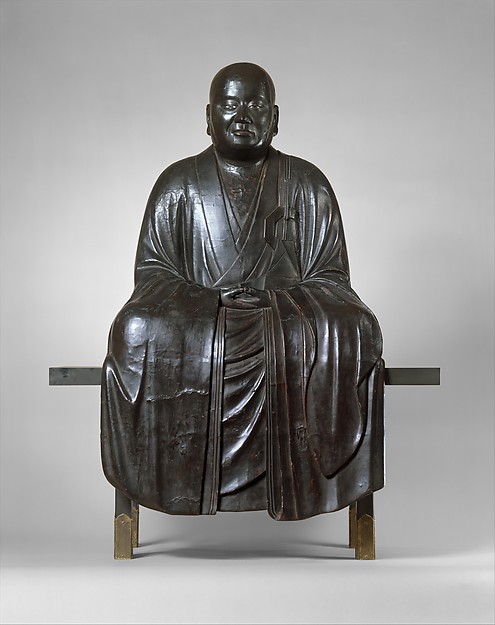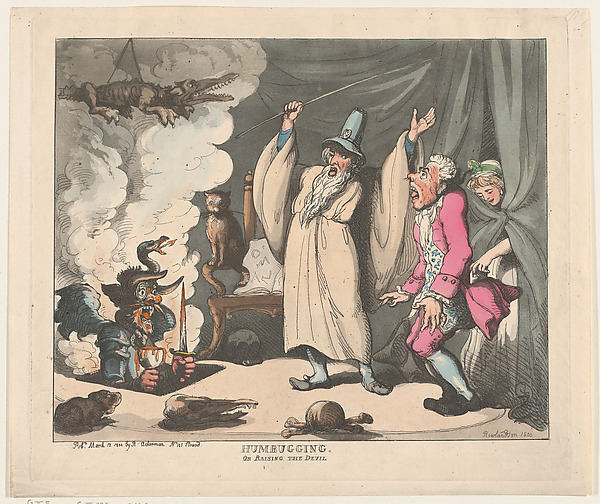
Zen and the Art of Business
Yin and Yang
I’ve worked out for pretty much my entire life. I played football and basketball in high school and football in college. Working out meant pushing yourself: more reps, more weight, faster laps, more distance. My mentality was one of pain makes gain. Until, that is, I started yoga. I’ve now been practicing yoga for going on 16 years. When I first started I had the same mentality. If I couldn’t reach a certain pose, it was because I wasn’t working hard enough. I would push myself into a pose and still not get there. It wasn’t until one of my instructors started to stress the yin and yang of yoga, the pushing with the relaxing. For the triangle pose, I was flexing every muscle I could to force my hand down to the ground. With her coaching telling me to relax my hips and shoulders, I easily sank to the ground. I was able to do more, much more, by combining the effort with the relaxing, but it’s a combination of the two.
The familiar Yin and Yang symbol is tied to Taoism. It is a symbol that reminds us that opposing forces can work together to be greater than the individual parts. For me, yoga is a lot like that. It is the flexing, but also the relaxing to find the pose.
The message is similar in this HBR piece. Specifically they talk about having a results-oriented business, basically flexing the company for results and having fun-to-work-at place, relaxing into the pose at the same time. Only 13% of managers seemed to be able to accomplish this feat of mastering the flexing with the relaxing, the yin and the yang.
In keeping with my theme of science-derived management analysis, they looked at 7,800 managers who seemed to be able to drive to results and engagement. We have survivorship bias since they are only looking at the “good” ones, but the 7,800 is a great sample size.
What they found was that the age of the manager played a major factor in the the focus of the manager. By age 40 most managers had decided if they wanted to be “results driven” or “engagement driven”. There is also a correlation between level of manager and focus on results (higher level managers) and focus on interpersonal skills (lower level managers.)
Lastly, the article lists six categories, Communication, Inspiration, Goal Setting, Integrity, Coach-ability and Develops Others where you can find tips and tricks for each category to help you to reach that yin and yang balance yourself.
Harvard Business Review Article
https://hbr.org/2017/06/how-managers-drive-results-and-employee-engagement-at-the-same-time
Image Source: The Met Open Access. Portrait of a Zen Master. Period: Muromachi period (1392-1573) – Lacquer on wood with inlaid crystal eyes – Sculpture




